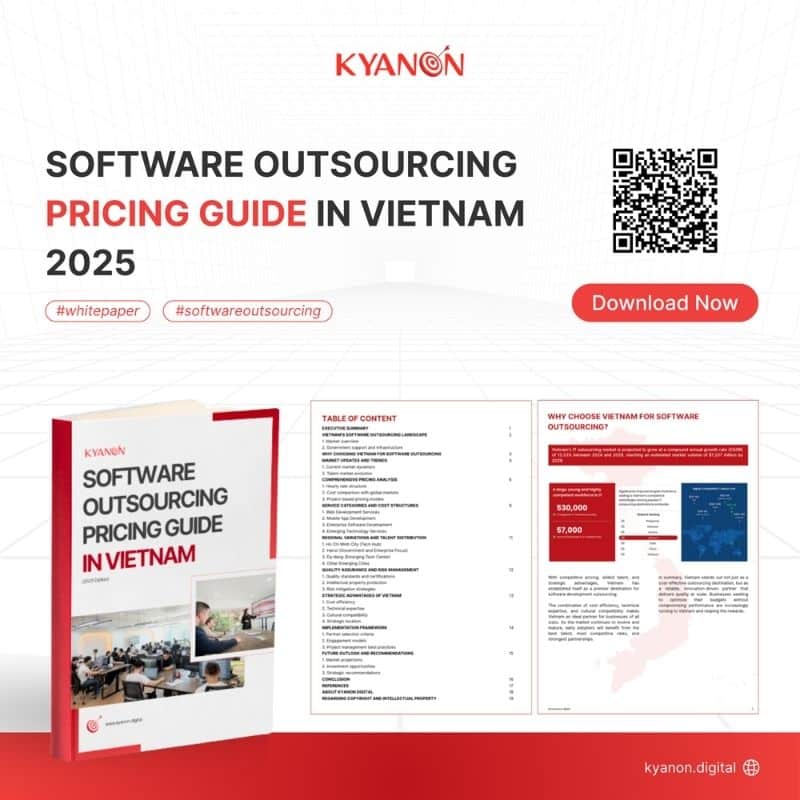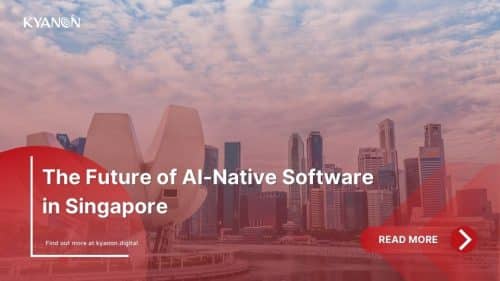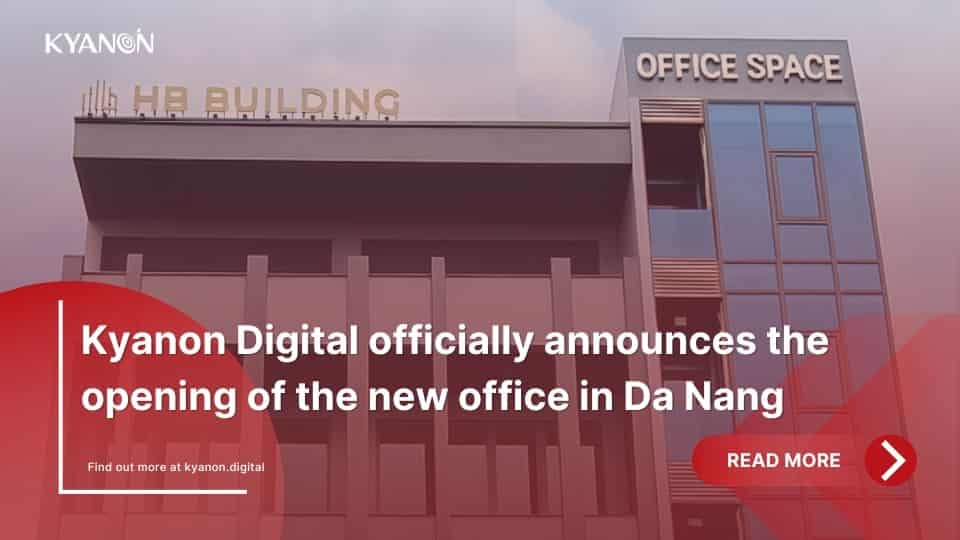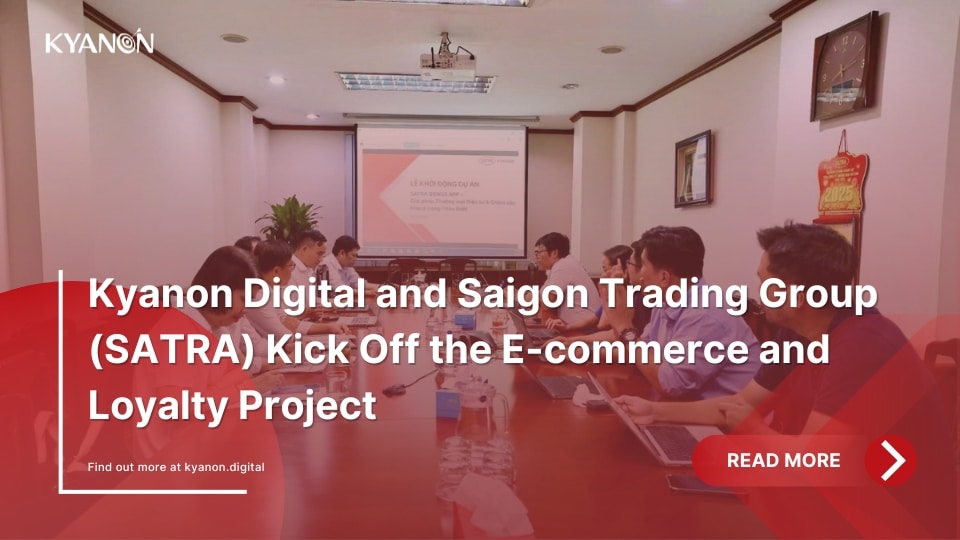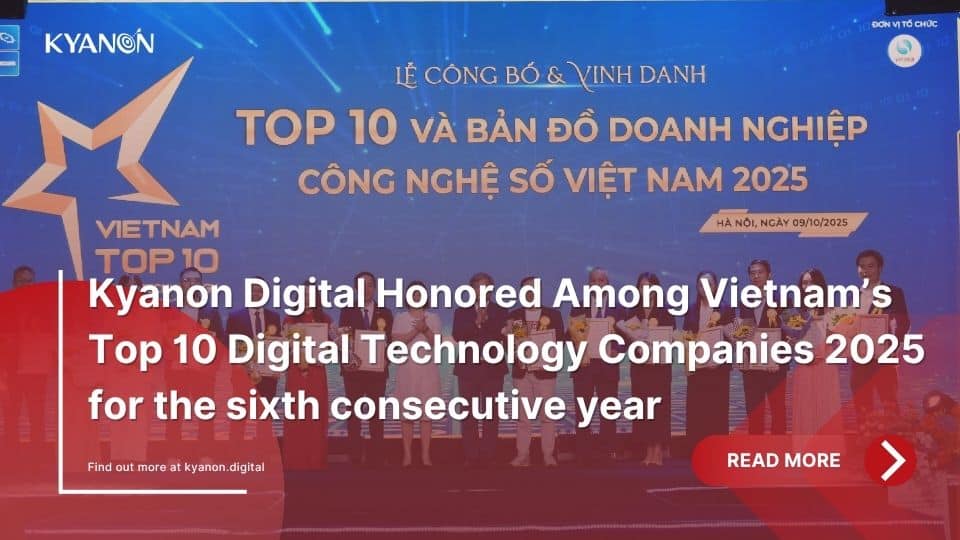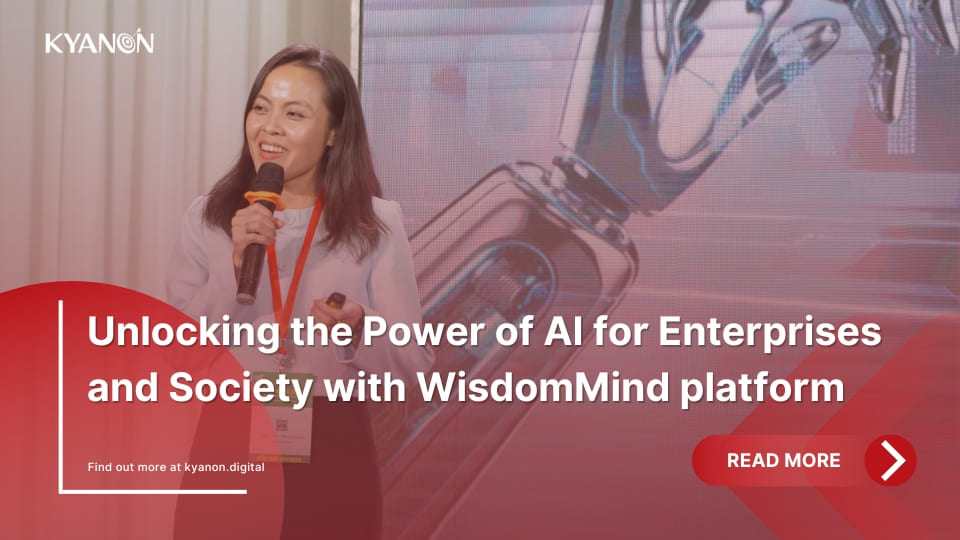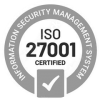In an age marked by rapid technological transformation, global market contraction, and the disruptive rise of AI, Vietnam’s IT services industry faces both unprecedented challenges and emerging opportunities. On May 20, 2025, the VNITO Alliance and GITS co-hosted the Leader Talks, titled: “The Direction of IT Services in the Era of AI, Downsizing, and Economic Downturn.”
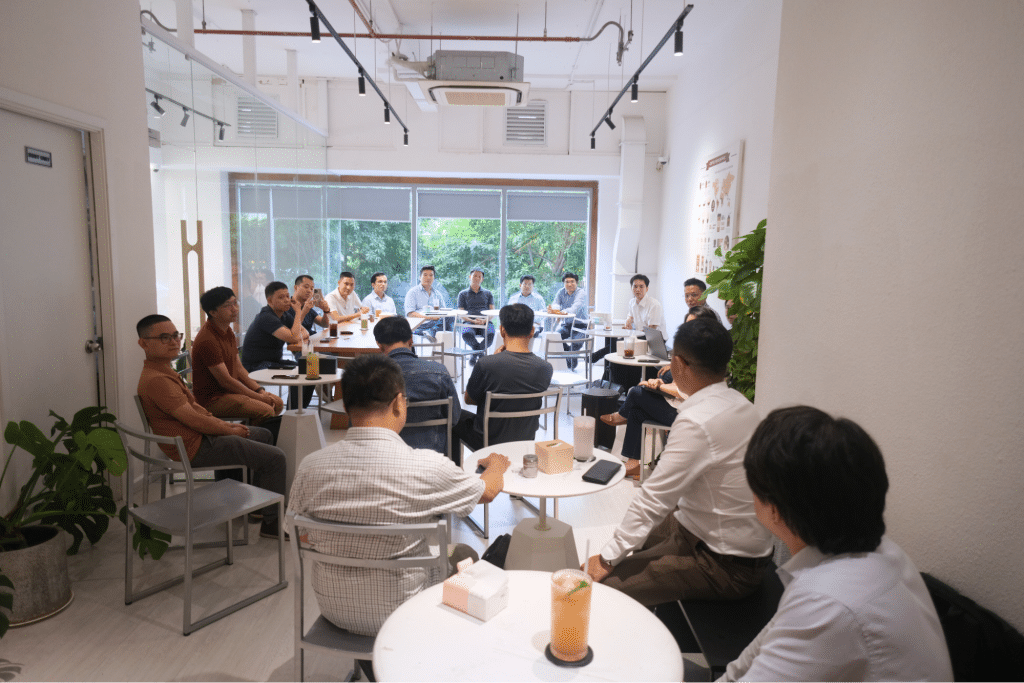
The event brought together Senior Executives, Founders, Educators, and Human Resource Leaders from Vietnam’s leading technology companies and educational institutions. The goal was clear: foster knowledge exchange, strengthen connections, and jointly navigate a complex and shifting market environment.
Mr. Tai Huynh, Founder & CEO of Kyanon Digital, served as the moderator, steering discussions with strategic insight and encouraging participants to confront hard truths while identifying new opportunities, all within a three-part agenda: market context, strategic adaptation, and future outlook.
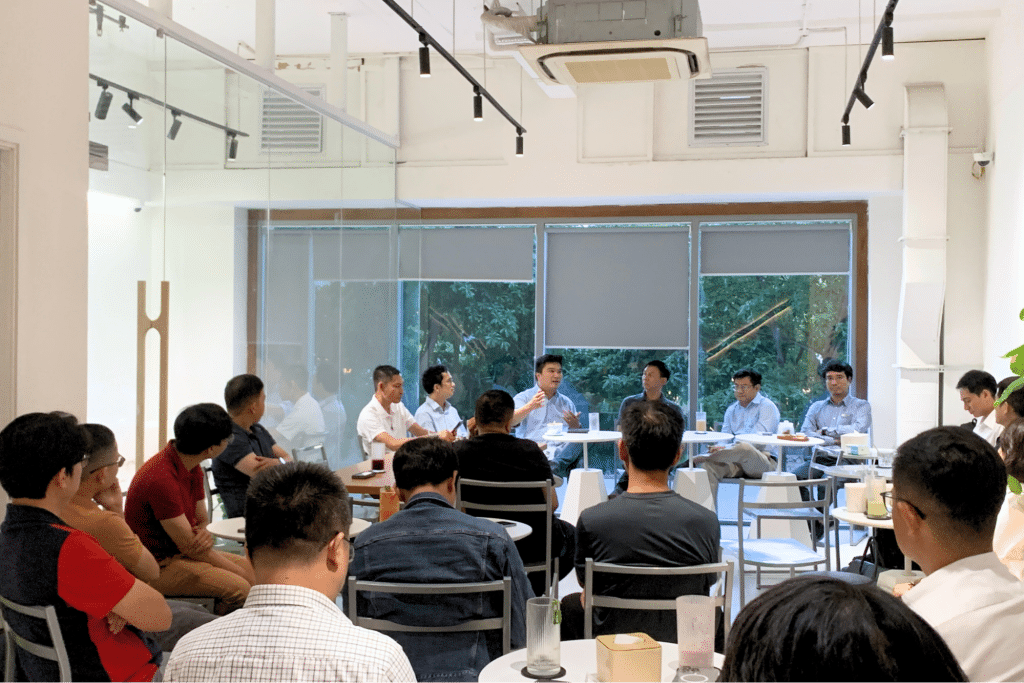
Insights from Industry Leaders
Tied closely to the session’s core topic — “The Direction of IT Services in the Era of AI, Downsizing, and Economic Downturn” — the discussion opened with a sharp diagnosis of the current climate: industry-wide recalibration, intensifying client demands, and a recalculation of what value really means. Participants candidly discussed challenges such as slowed global growth, talent oversupply, and shifting client expectations. While 2023 marked a post-pandemic peak, 2024 introduced uncertainty with Silicon Valley layoffs, geopolitical instability, and tighter client budgets.
Despite this, speakers highlighted Vietnam’s adaptability, youthful workforce, and strategic position in the APAC region as strong reasons for optimism.
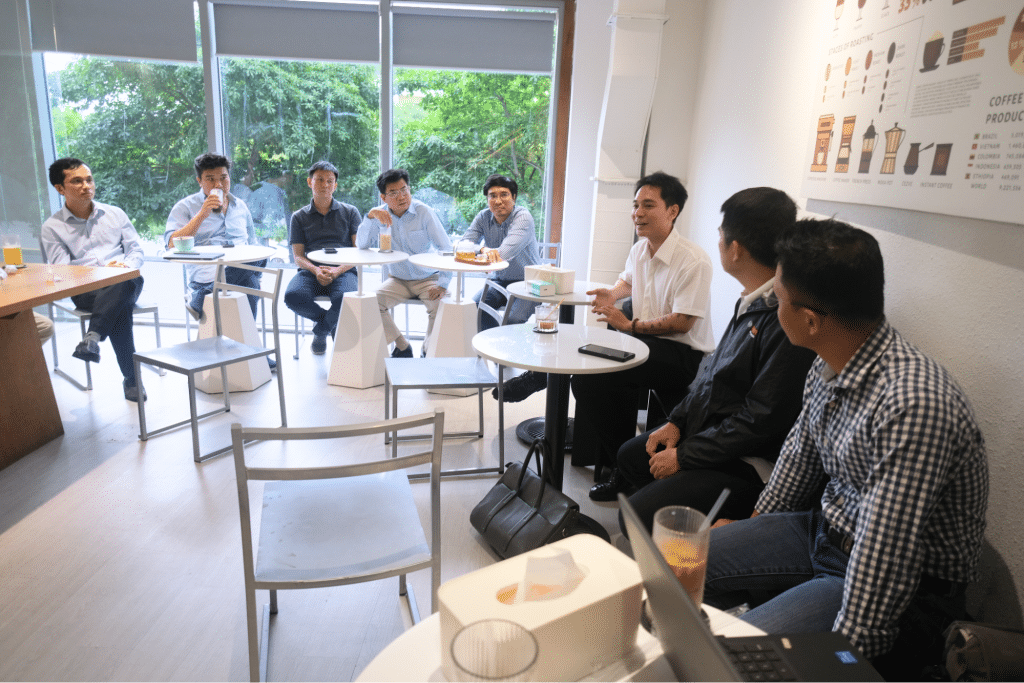
Navigating AI & Market Pressures
The conversation pivoted toward AI’s tangible impact. Contrary to popular belief, a recent survey found AI only improved productivity and reduced working time by no more than 5%. Businesses now face a paradox: while AI garners attention, its return on investment remains inconclusive.
Clients no longer ask “How many developers do you have?” Instead, they ask, “How much will this cost, and what will I get?” There is a push toward project modularization, budget downsizing, and contract shortening – all while expectations for delivery remain unchanged, or even higher.

Transform your ideas into reality with our services. Get started today!
Our team will contact you within 24 hours.
Talent & Education: Bridging the Gap
The traditional academic pipeline is not keeping pace with market demands, curricula at universities often take 4 years to revise, while the tech landscape evolves quarterly.
Recruitment challenges were also highlighted: students with impressive GPAs and fluent English still struggle to secure internships. Companies cite generational misalignments, such as lack of soft skills or independence. This disconnect calls for deeper collaboration between academia and industry.
Meanwhile, some IT leaders advised caution in further expanding IT education, suggesting saturation risks. As the industry automates and consolidates, headcount demand may naturally decline, even as output improves.
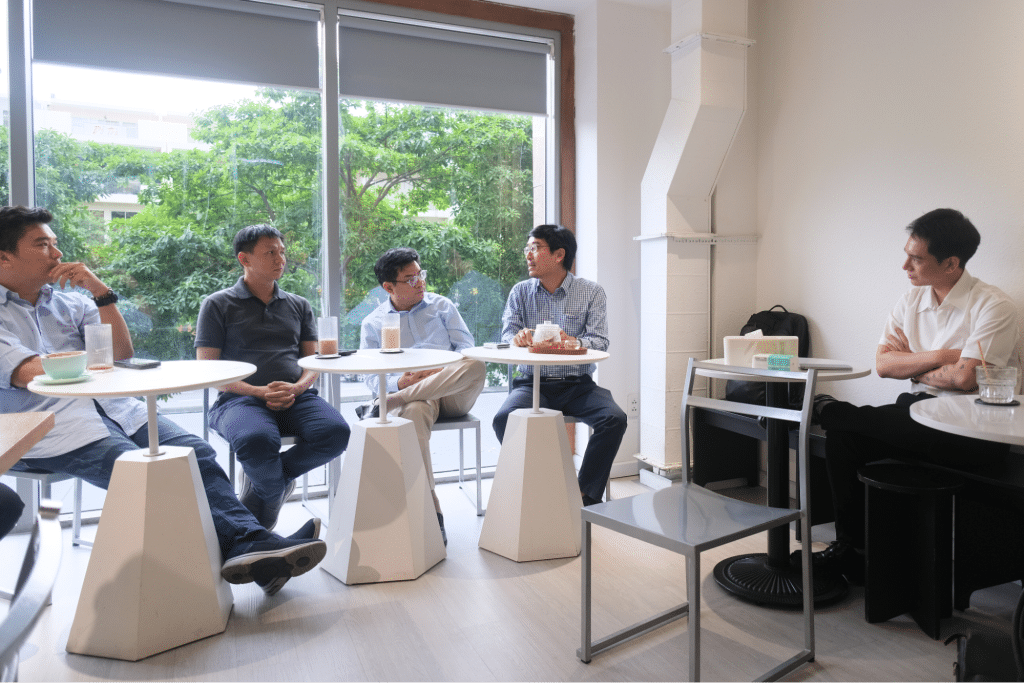
Opportunities for Innovation & Growth
While challenges are real, so are opportunities. Vietnamese tech companies, especially SMEs, are beginning to turn constraints into catalysts for innovation. Niche markets, productized services, and AI-augmented delivery models are gaining traction.
Our speakers pointed to successful use cases where AI enhanced project timelines and reduced cost without sacrificing quality. These wins are particularly achievable for small teams that can pivot quickly. Local companies are also recognizing that Vietnam’s domestic market is increasingly open to digital transformation and willing to invest in tech-driven solutions.
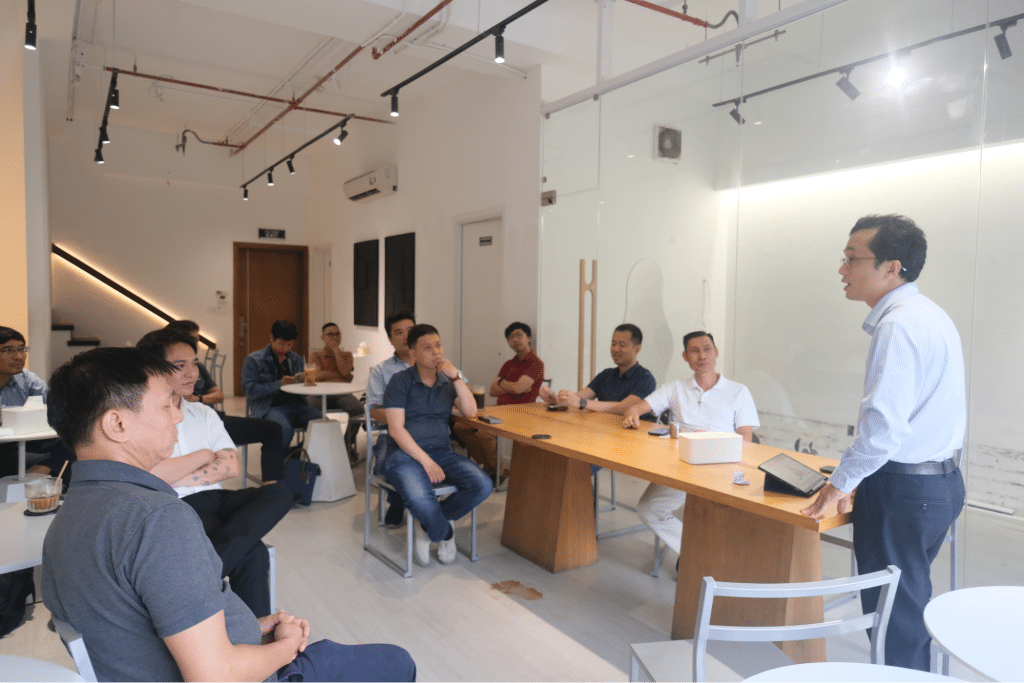
Recognizing that AI is not a silver bullet, but a powerful tool when integrated wisely, participants continue to deep-dive into strategy, such as reskilling their teams, piloting internal AI initiatives, and guiding clients toward pragmatic, high-impact implementations. As global giants pursue mergers and acquisitions for Southeast Asia market entry, Vietnam’s local players must identify and occupy high-value niches – areas that may seem small globally, but hold major potential locally.
Conclusion – The strategic path forward for IT enterprises
Amidst a shifting market landscape, IT service companies can no longer rely on legacy operating models. Survival and growth in the AI era depend on the ability to optimize operations, adopt technology strategically, and deliver tangible value to clients – especially as expectations rise while budgets tighten.
A key strategic direction emphasized throughout the discussion is AI for Engineering – the targeted application of AI in core technical functions such as software testing, source code analysis, quality assurance automation, and system log analysis. The goal is not to replace engineers, but to enhance productivity, reduce errors, and accelerate time-to-market, thereby improving service quality and optimizing cost structures.
AI for Engineering enables companies to achieve the three critical pillars of success: quality, speed, and cost efficiency. This is a highly practical approach, particularly for small and medium-sized enterprises (SMEs), which can start with modest-scale pilots, leverage open-source AI tools, and expand upon proven results.
From our perspective at Kyanon Digital, this Leader Talks reaffirmed that Vietnamese tech businesses are well-positioned to write this next chapter — one marked by innovation, agility, and growth. As Mr. Tai Huynh emphasized: “The market is still expanding, and the time to act is now.” This is a pivotal moment for Vietnam’s IT industry to reframe its strategy – focusing on high-value niche markets, strengthening internal capabilities, and rising as a trusted technology partner in the Southeast Asia region.
Key Takeaways:
- Reimagine business models: Diversify services, prioritize outcomes over headcount.
- Apply AI on both an individual and company-wide scale: Use it to enhance engineering, delivery, and decision-making.
- Invest in talent differently: Focus on adaptability, not just academic scores.
- Find your niche: Compete where you have leverage, not just where demand is large.
- Adopt AI for Engineering with intent: Use AI to enhance core technical processes like testing, code analysis, and quality assurance – boosting productivity, reducing errors, and accelerating time-to-market.


